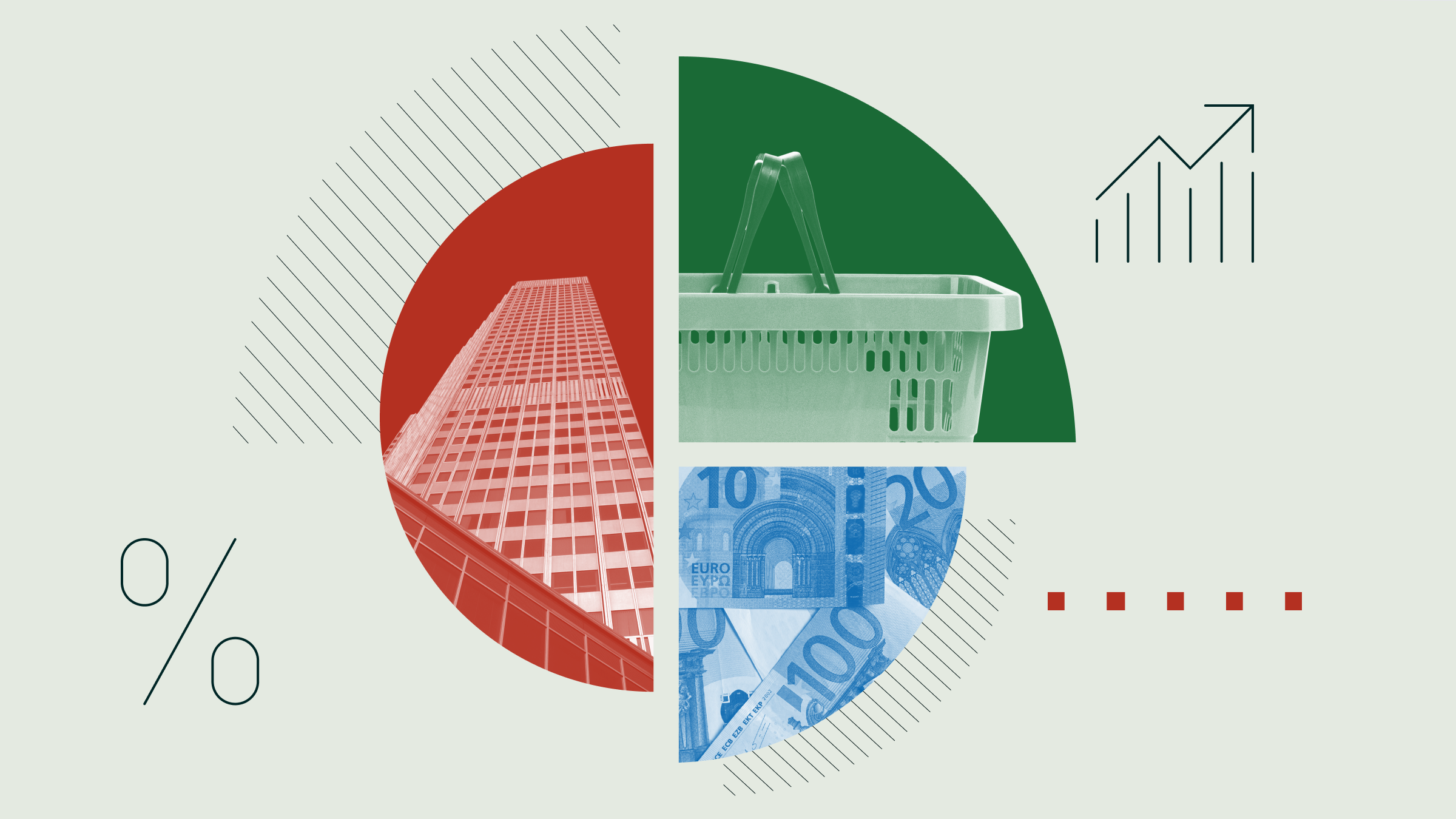Emma Wall: Hello and welcome to Morningstar series, 'Ask the Expert.' I am Emma Wall and here with today is Jackie Choy, Morningstar ETF Strategist.
Jackie Choy: Thanks for having me, Emma.
Wall: Hi, Jackie. We have the privilege of you coming all the way from Hong Kong to be with us today for this video, which means that you're best priced on the ground to talk about the new connect between the Shanghai Composite and the Hang Seng. This means that money can flow between the two Chinese indices. I am not sure that many people understand exactly what entails those, perhaps you could give us a bit of background.
Choy: So, this particular scheme is actually promoted by the Chinese government and the regulators, so to allow investors from the one side of the market to be able to invest into the other side of the market and vice versa. And before the scheme only introduced, specific institutional investors can actually do that. But now more retail investors, subject to some restrictions of course, can now do this kind of trade through the border.
Wall: I think a lot of people were expecting this flow of money to have a massive positive effect, in particular on the Shanghai composite and for the market to rally upwards. However, that hasn’t really been the case since it's started in November, has it?
Choy: Actually, it has been the case, so you look at the Asia market, the index actually rose by 40% last year in 2014 and another 40% this year so far in 2015. So, we have seen this kind of flow in terms of performance and in terms of actual money flow, you can see after the actual scheme has commenced. The actual quarter was actually full for the first two days and then it sort of slowed down a little bit on that front from money going from Hong Kong to China. So we actually see that kind of flow as well.
Wall: And that flow has slowed though as you say and perhaps isn’t as much as some people initially predicted because of pricing. So I know that an A shares, those listed in Shanghai are actually more expensive than H shares at the moment those listed in Hong Kong.
Choy: That’s right, Emma. And you asked a very good question there. So I think like putting ourselves back in history a little bit, back in the middle of 2014, we saw the – I'll give you a number, which is the Hang Seng AH Premium Index. At that point in time, the number was 90; meaning that the A is 10% cheaper than the H shares listed in Hong Kong. So, after this scheme actually came up and now the number has actually gone up to 130, meaning that A shares is 30% more expensive than H shares.
Wall: And that perhaps means that people obviously are finding the H shares, the cheaper ones, more attractive. But why is this difference in price?
Choy: So, well, as I said there is still a lot of restriction between the investment sort of opportunities between the two markets, not every people – investors can actually invest into both market. So we have different investor types in the different markets given investment views, of course in different supply demand, so causing this particular difference in pricing.
Wall: But they are the same companies, aren’t they? So company expect these to become on par at some point.
Choy: That’s right. Many of these are actually the same company, although we do have some companies only listed in one side. But there are – a lot of them are the same company. So fundamentally, they should be traded at same price. So as these particular restriction actually get lifted in the longer run, I don’t know how long that would be, but eventually I think that should actually – the gap should actually close.
Wall: What is Chinese mainland share ownership like, because I think historically we have an idea about the Chinese household, I think, to store their wealth in cash, fantastic savings rate at 50% and in property. Are we seeing because of this sort of opening up in restrictions a lot of Chinese nationals getting more involved in investing?
Choy: I think there is sort of a little bit of trend going on there as you said, and our savings rate has been great and a lot of cash or investment has been poured into the property market. But as these investors actually get more education on their investments and especially, we have more channels for local investors to actually diversify the investment outside the country, they would probably be wanting to do so.
But at this point in time, there is only the Hong Kong-Shanghai – Shanghai-Hong Kong Stock Connect. So if there are other schemes that could allow local investors to invest outside of the country, diversify the portfolio, there will probably be – that will be a better choice for them.
Wall: Jackie, thank you very much.
Choy: You are welcome, Emma.
Wall: This is Emma Wall for Morningstar. Thank you for watching.





















